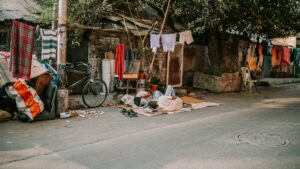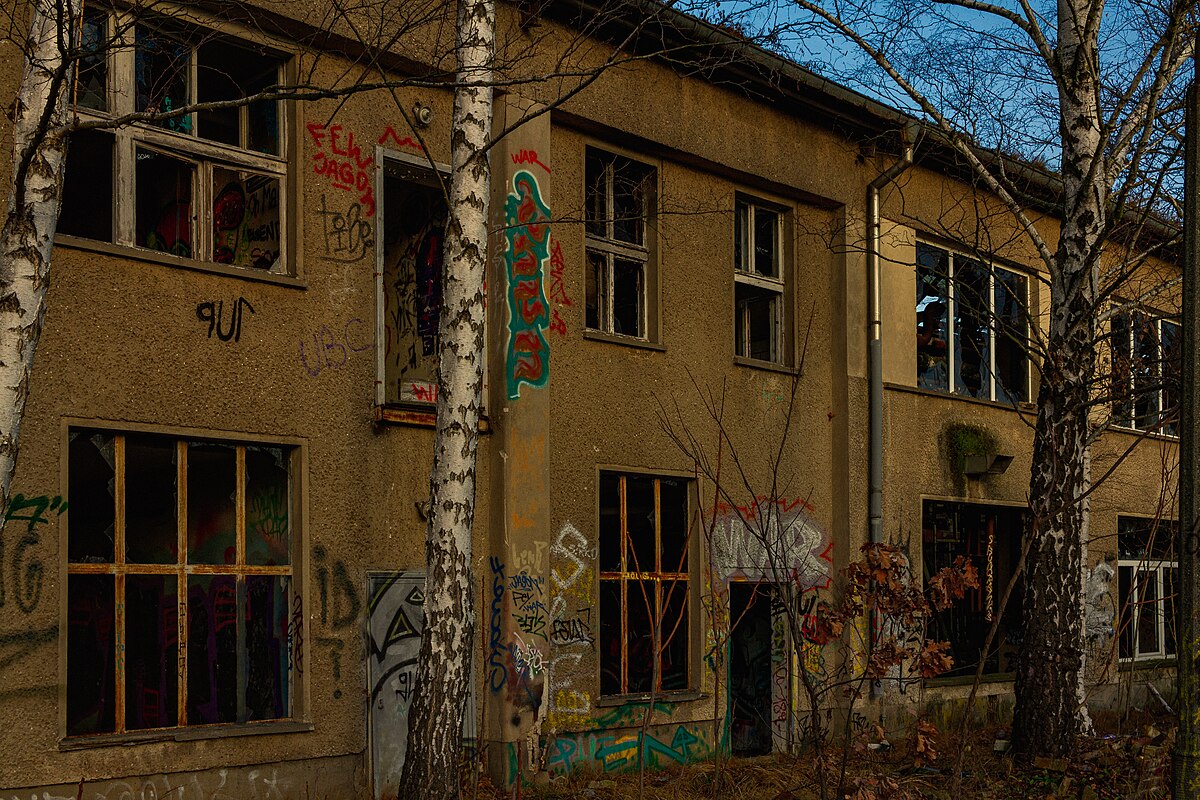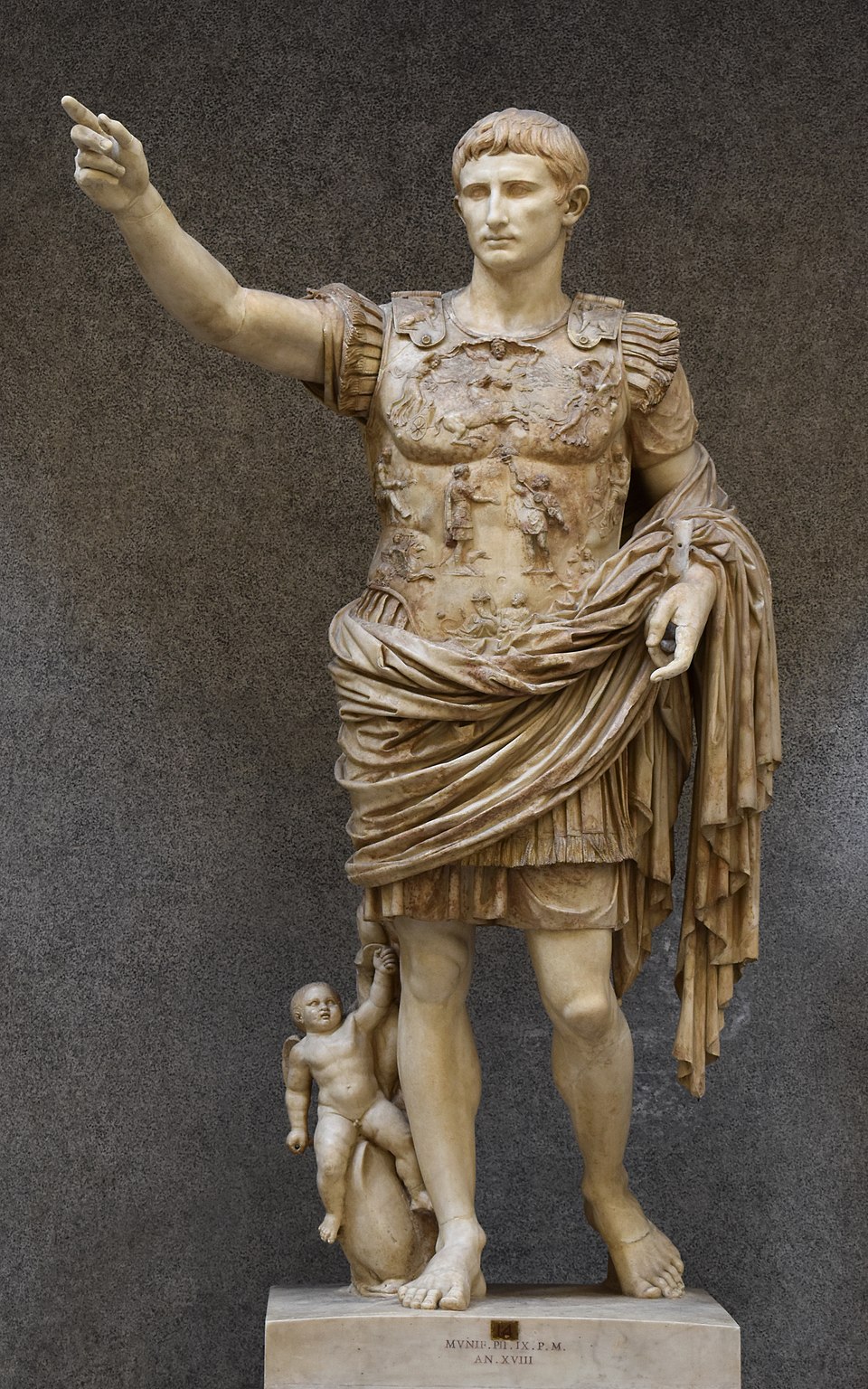
Technology, or the tools created by science to address and solve the problems of mankind, permeates every aspect of our lives. Not surprisingly, this includes social stratification, the system in which categories of people are ranked in a hierarchy. The truth in this statement was highlighted by the revelation that tech giant Apple considered banning social media giants Facebook and Instagram from its app store. What would have motivated such extreme action? Facebook’s internal research revealed the role the platform plays in modern-day slavery, a type of closed stratified system in which slaves and owners exist. Estimates are that 20-30 million people around the world are being held in bondage. While 90% of enslaved women are sex slaves, 1.5 million children are enslaved in the cocoa/candy industry, and thousands are enslaved by the seafood industry. Least we have the wrongheaded notion that slavery is an “over there” kind of problem, over 400,000 people are enslaved in the United States. In 2019, a North Texas couple was arrested for enslaving a West African girl for 16 years beginning at the age of five. Slavery is just one of the systems of social stratification found around the world. Let’s use our sociology toolkit to explore the others.

Next to slavery is the caste system. Most often associated with stratification in India, caste refers to a type of closed stratified system in which people are designated to a particular social position based on their parents’ status in the society. The caste system is part of the hierarchical Hindu tradition and divides people into four main categories: Brahmins, Kshatriyas, Vaishyas, and Shudras. A fifth category, Dalits, is made up of people outside of the caste system. Even though the caste system was legally abolished in 1950, Dalits are still ostracized and occupy the lowest rung in the hierarchy. It is worth noting that a person’s position in the Indian caste system is not necessarily an indication of their economic status in the society. There are wealthy Dalits, but the social stigma, a label associating an individual with a set of unwanted characteristics that form a stereotype, means that financial success does not necessarily translate into social acceptance. The 2019 killing of a 21-year-old Dalit man for the simple but forbidden act of eating in front of upper-caste men makes this fact abundantly clear.
The estate system is a type of closed stratified system in which wealthy landowners and peasants exist. Typically viewed as European feudalism, the estate system consists of three categories: nobility, clergy, and peasants. In the modern world, remnants of the estate system still exist. Families whose landed estates were passed down through the generations often have significant wealth, the total of all personal assets, including property, investments, and income, at their disposal. This results in them having better life chances, the opportunities and resources a person has at their disposal to improve their quality of life, and greater social capital or social networks to enhance their position in society. By comparison, those whose families were peasants would need significant intergenerational mobility, an individual’s change in social status that results from mobility on a generational level, or intragenerational mobility, an individual’s change in status during a lifetime, to break the cycle of poverty.

Finally, the class system is a type of open stratified system that allows social mobility. This is the category most prevalent in the Western world and involves the upper class, middle class, lower class, and poor. Unlike the other system, the class system allows for social mobility, an individual or group’s movement up or down the system of stratification in a society. Typically, social mobility in this system is tied to a person’s achieved status, a position within a social system that is gained through merit. With that in mind, experts contend that 35% of Americans inherit their wealth. Relative to the size of the society, a few people have experienced rapid and extreme mobility as a result of good fortune by winning the lottery. The vast majority of people in the class system are not rich, and millions live below the Federal Poverty Line, a governmental standard of measurement indicating the income level of when an individual or family is designated as poor.
The systems of stratification that exist around the world today have their roots in the inequalities handed down through the generations. While individuals are often blamed for not “pulling themselves up by their bootstraps,” one is hard-pressed to see how the enslaved, Dalit, or poor can effectively compete against the wealthy and powerful when force, stigma, and tradition are used against them. Without true structural mobility, or changes in the social position of a group that result from shifts in the larger society, the categories used to distinguish groups from one another in the system of stratification will continue to exist.
Thompson is a co-owner of UITAC Publishing. UITAC’s mission is to provide high-quality, affordable, and socially responsible online course materials.
Images used in this blog:
- “Facebook Logo” by Pixabay is licensed on Pexels. This image has not been altered.
- “People sleeping on the street” by Rupinder Singh is licensed on Pexels. This image has not been altered.
- Photo by Tumisu is licensed on Pixabay. This image has not been altered.




